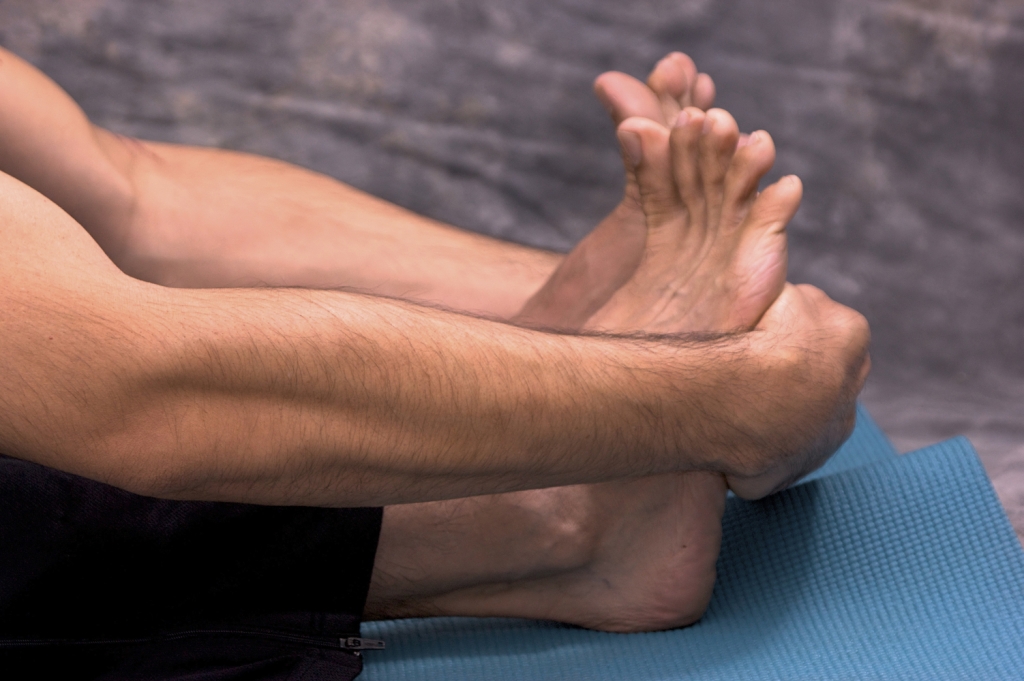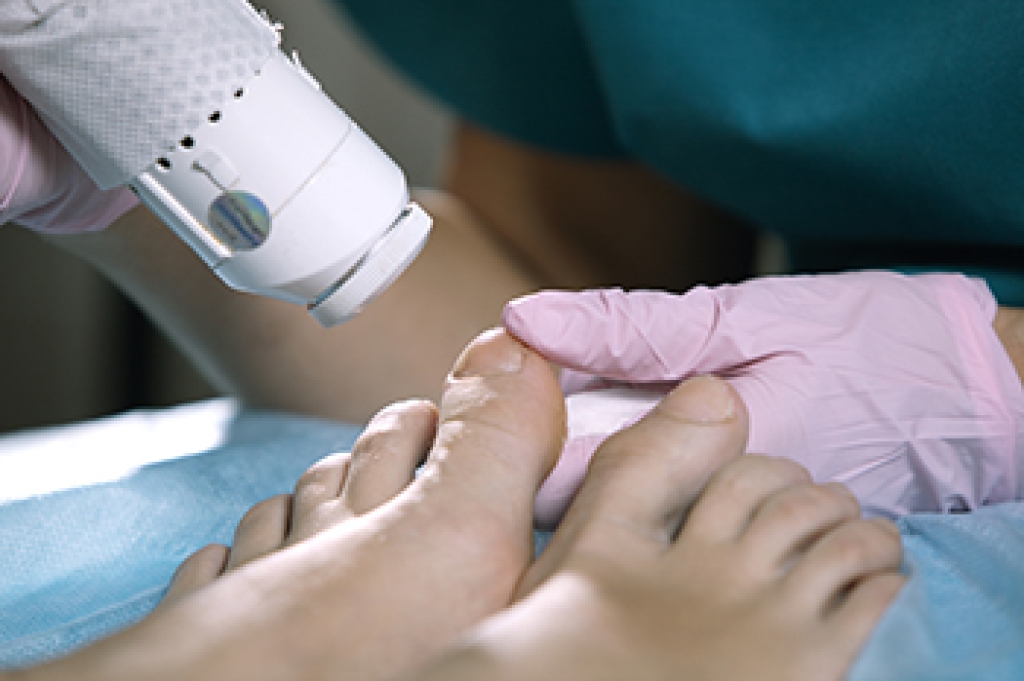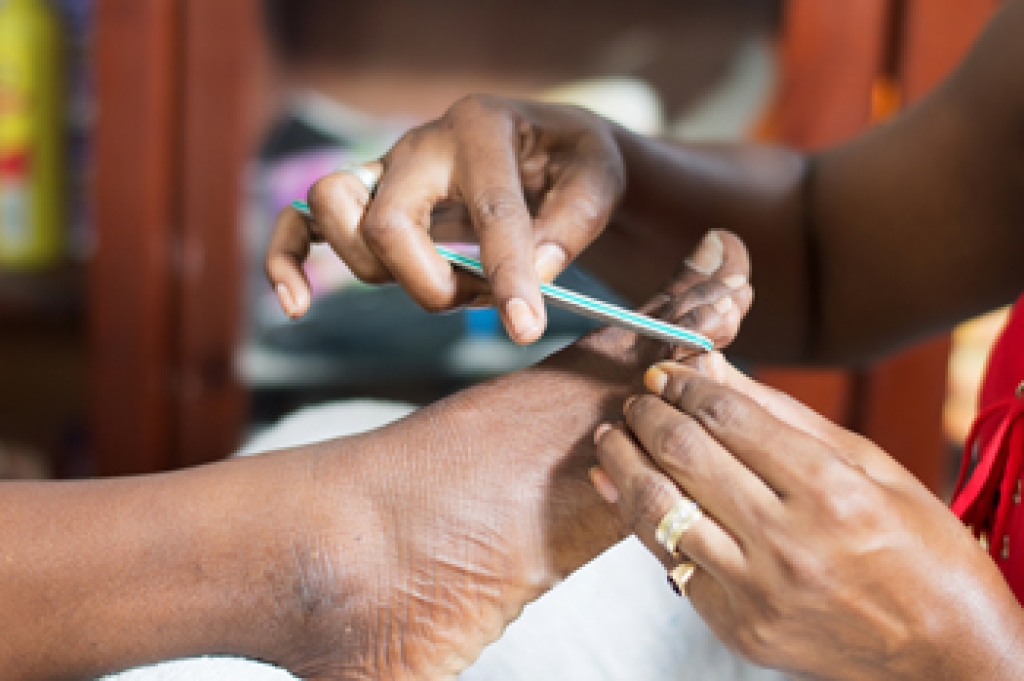Many women find that as pregnancy progresses their feet and ankles begin to swell uncomfortably. The main cause of this is a buildup of fluids in the mother that help to support the growing fetus at the same time as her circulation slows down. Symptoms usually occur during the last trimester as the uterus expands, putting more pressure on the legs and feet. This swelling, also known as edema, is usually worse in hot weather and at the end of the day. Among the ways to reduce it are to avoid standing for long periods of time, wear compression stockings, limit salt intake, keep legs elevated on pillows while sleeping, drink lots of water, and do foot exercises to improve circulation. Edema also can be a sign of certain serious health conditions, such as preeclampsia, which may cause high blood pressure and deep vein thrombosis (blood clots). If swelling appears suddenly, is present more in one foot than the other, or does not subside after resting, please do not hesitate to see a podiatrist as soon as possible for a complete exam and diagnosis of your condition.
Pregnant women with swollen feet can be treated with a variety of different methods that are readily available. For more information about other cures for swollen feet during pregnancy, consult with one of our podiatrists from APEX Foot & Ankle Center. Our doctors will attend to all of your foot and ankle needs.
What Foot Problems Can Arise During Pregnancy?
One problem that can occur is overpronation, which occurs when the arch of the foot flattens and tends to roll inward. This can cause pain and discomfort in your heels while you’re walking or even just standing up, trying to support your baby.
Another problem is edema, or swelling in the extremities. This often affects the feet during pregnancy but tends to occur in the later stages.
How Can I Keep My Feet Healthy During Pregnancy?
- Wearing orthotics can provide extra support for the feet and help distribute weight evenly
- Minimize the amount of time spent walking barefoot
- Wear shoes with good arch support
- Wear shoes that allow for good circulation to the feet
- Elevate feet if you experience swelling
- Massage your feet
- Get regular, light exercise, such as walking, to promote blood circulation to the feet
If you have any questions, please feel free to contact our offices located in Fort Myers, Shellpoint, and Naples, FL . We offer the newest diagnostic and treatment technologies for all your foot care needs.




